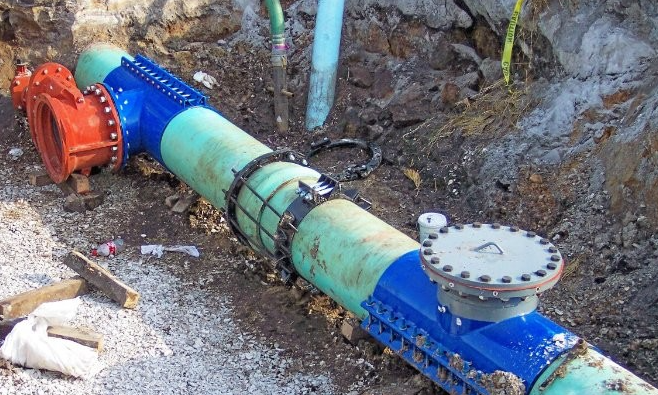Maintaining uninterrupted operations in the petroleum and chemical industries is critical for safety, efficiency, and profitability. One innovative solution, pipeline line stopping, has transformed how maintenance is conducted. This technique allows repairs and modifications without halting the flow of critical materials, ensuring minimal disruptions. By adopting pipeline line stopping, companies can achieve cost-effective, safe, and efficient maintenance strategies, cementing its place as a vital tool in industrial operations.
What is Pipeline Line Stopping?
Pipeline line stopping is a maintenance technique used to isolate sections of a pipeline without shutting down the entire system. It involves inserting specialised plugs into the pipeline, temporarily halting the flow in targeted areas. This controlled intervention allows for repairs, modifications, or inspections while the rest of the system operates normally. Unlike traditional shutdowns, pipeline line stopping ensures continuous operations, significantly reducing downtime and operational risks.
Challenges in Pipeline Maintenance
Pipeline maintenance in the petroleum and chemical sectors often involves complex challenges, including safety hazards, prolonged downtime, and environmental risks. Traditional methods that require complete shutdowns can lead to significant production losses and increased operational costs. However, pipeline line stopping offers a safer and more efficient alternative by isolating only the affected sections, allowing businesses to address maintenance needs without disrupting the overall operation.
How Pipeline Line Stopping Revolutionises Maintenance
Pipeline line stopping has revolutionised maintenance by addressing key industry challenges. It minimises downtime, enabling uninterrupted operations while maintenance activities are conducted. This technology enhances worker safety by reducing exposure to hazardous materials during interventions. Additionally, it significantly lowers operational costs and mitigates environmental risks by preventing leaks or spills. Numerous industries have embraced pipeline line stopping to streamline their processes and achieve unparalleled efficiency.
Applications of Pipeline Line Stopping in the Petroleum and Chemical Industries
The versatility of pipeline line stopping makes it invaluable in the petroleum and chemical industries. It is commonly used for emergency repairs, pipe replacements, and system upgrades. This technology is also critical for planned maintenance tasks, such as valve replacements and equipment inspections, where isolating specific pipeline sections ensures operational continuity. From large-scale refinery pipelines to smaller chemical plant systems, pipeline line stopping is an essential tool for maintaining flow and functionality.
Key Components and Tools in Pipeline Line Stopping
The effectiveness of pipeline line stopping depends on the quality and precision of its components. Tools such as stoppers, plugging heads, and bypass systems are integral to the process. These components are engineered to withstand high-pressure environments, ensuring reliability and safety. Skilled operators and advanced equipment ensure that pipeline line stopping is executed with minimal disruption, making it a preferred choice for complex industrial systems.
Environmental and Economic Impact of Pipeline Line Stopping
Pipeline line stopping aligns with environmental safety goals by preventing leaks and minimising emissions during maintenance. This eco-friendly approach helps industries comply with stringent environmental regulations while maintaining operational efficiency. Economically, the technique reduces the need for prolonged shutdowns, leading to significant cost savings. For industries focused on sustainability and profitability, pipeline line stopping is a game-changing solution.
Future Trends in Pipeline Line Stopping Technology
The future of pipeline line stopping lies in integrating advanced technologies such as IoT sensors and AI. These innovations enable predictive maintenance, allowing operators to identify potential issues before they escalate. Additionally, advancements in materials and equipment design are expected to further enhance the efficiency and safety of pipeline line stopping, making it an even more indispensable tool in industrial maintenance.
Choosing the Right Pipeline Line Stopping Provider
When selecting a provider for pipeline line stopping, factors such as expertise, equipment quality, and safety certifications are crucial. A reputable service provider will offer tailored solutions that address specific pipeline needs, ensuring optimal results. By partnering with experienced professionals, companies can maximise the benefits of pipeline line stopping, ensuring smooth and efficient maintenance operations.
Takeaway
Pipeline line stopping has emerged as a revolutionary solution for maintenance in the petroleum and chemical industries. Its ability to isolate pipeline sections without halting operations ensures safety, efficiency, and cost-effectiveness. By embracing pipeline line stopping, industries can overcome maintenance challenges and achieve uninterrupted productivity. Explore this transformative technology and unlock its potential to redefine your maintenance strategies.




